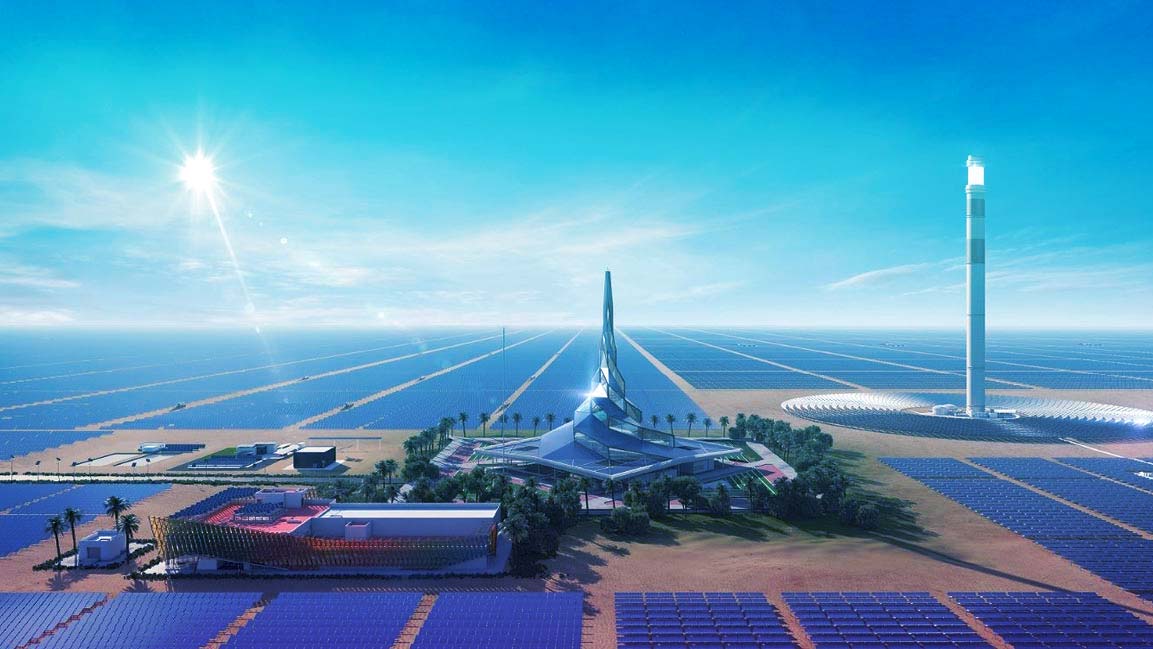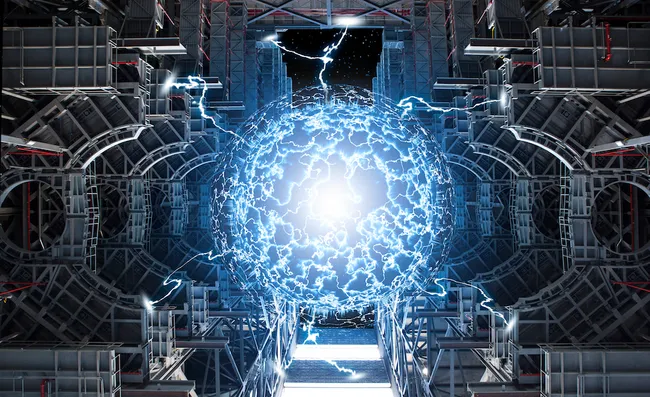The global quest for sustainable and abundant energy sources has brought controlled nuclear fusion into the spotlight as a groundbreaking solution. This innovative technology, which emulates the Sun’s energy-producing mechanism, has the potential to revolutionize the energy industry, eliminating dependence on fossil fuels and drastically reducing greenhouse gas emissions. Let’s delve into the intricacies of controlled nuclear fusion technology and explore its profound impact on the future of energy.
Understanding Controlled Nuclear Fusion
Controlled nuclear fusion involves the fusion of light atomic nuclei, such as isotopes of hydrogen (deuterium and tritium), to form heavier nuclei. This process releases a tremendous amount of energy, adhering to Einstein’s famous equation, E=mc2E=mc^2E=mc2. Unlike nuclear fission, fusion generates minimal radioactive waste and poses no risk of meltdown, making it an ideal candidate for sustainable energy.
- The Fusion Reaction: Fusion occurs when atomic nuclei collide at extremely high temperatures and pressures, overcoming electrostatic repulsion.
- Fuel Sources: Deuterium can be extracted from seawater, and tritium can be bred from lithium, ensuring virtually unlimited fuel supplies.
- Key Advantages: Fusion is clean, safe, and produces no greenhouse gases during operation.
Advances in Controlled Nuclear Fusion
The development of controlled nuclear fusion has accelerated significantly in recent years, thanks to global collaboration and technological innovations.
- Magnetic Confinement Fusion (MCF): The most common approach uses powerful magnetic fields to confine plasma within devices like tokamaks or stellarators. ITER, an international project in France, represents a major milestone in this domain.
- Inertial Confinement Fusion (ICF): This method involves compressing fuel pellets using lasers or ion beams. The National Ignition Facility (NIF) in the United States has made notable progress in achieving fusion ignition.
- High-Temperature Superconductors (HTS): HTS technology enables more efficient magnetic confinement, reducing the size and cost of fusion reactors.
The Role of ITER and Other Global Projects
ITER, a collaborative effort among 35 nations, is poised to demonstrate the feasibility of fusion power on a commercial scale. By achieving net energy gain—where fusion output exceeds input energy—ITER aims to pave the way for the next generation of fusion reactors.
- Challenges Being Addressed: Plasma stability, material durability, and tritium breeding are being tackled to ensure long-term viability.
- Spin-Off Technologies: Innovations from ITER, such as advanced superconductors and plasma diagnostics, are influencing other scientific fields.
Impact of Controlled Nuclear Fusion on the Future Energy Industry
Controlled nuclear fusion holds the potential to redefine the energy landscape in several transformative ways:
1. A Sustainable Energy Source
Fusion’s near-infinite fuel supply ensures long-term energy security without environmental degradation. This aligns with global carbon neutrality goals.
2. Economic Revitalization
The fusion industry could stimulate economic growth by creating high-tech jobs and fostering innovation in related sectors such as superconductors and robotics.
3. Energy Decentralization
Compact fusion reactors, like those being developed by private companies, could enable decentralized power grids, reducing transmission losses and enhancing resilience.
4. Addressing Global Energy Inequality
Fusion can provide a reliable and affordable energy source for developing nations, narrowing the gap between energy-rich and energy-poor regions.
Current Challenges and Future Directions
While the potential of controlled nuclear fusion is immense, several hurdles remain:
- Scientific Barriers: Achieving and sustaining the extreme conditions required for fusion reactions is a complex challenge.
- Economic Viability: The high initial costs of fusion reactors demand significant investment and political will.
- Regulatory Frameworks: Standardized policies are needed to ensure safety and public trust in fusion technology.
Despite these challenges, advancements in artificial intelligence, material science, and quantum computing are accelerating progress. Emerging concepts like aneutronic fusion, which generates fewer neutrons, could further enhance fusion’s appeal.
Controlled Nuclear Fusion and the Global Energy Transition
The global transition to clean energy hinges on innovative solutions like controlled nuclear fusion. As fusion technology matures, it could complement renewable energy sources such as solar and wind, ensuring a stable and reliable energy supply.
Fusion vs. Fission
Unlike fission, fusion doesn’t rely on uranium or plutonium, sidestepping issues like long-lived radioactive waste and nuclear proliferation risks.
Fusion as a Baseline Energy Source
Fusion reactors could operate continuously, providing a dependable baseline power supply to balance the intermittency of renewables.
Controlled Nuclear Fusion: A Catalyst for Change
Controlled nuclear fusion embodies the promise of a sustainable and equitable energy future. Its realization will require unprecedented collaboration across science, engineering, and policy domains. However, with ongoing breakthroughs and increasing global commitment, the dream of harnessing the power of the stars is closer than ever.
FAQs
What is controlled nuclear fusion?
Controlled nuclear fusion is a process that fuses light atomic nuclei, such as hydrogen isotopes, to release energy. Unlike nuclear fission, fusion is cleaner and safer.
How does controlled nuclear fusion differ from nuclear fission?
Fusion combines nuclei to release energy, whereas fission splits heavy nuclei. Fusion produces less radioactive waste and has no meltdown risks.
Why is controlled nuclear fusion considered sustainable?
Fusion relies on abundant fuel sources like deuterium from seawater and tritium from lithium, offering a near-limitless energy supply.
What are the main challenges of achieving controlled nuclear fusion?
The primary challenges include maintaining plasma stability, achieving energy gain, and reducing reactor costs for commercial deployment.
What role does ITER play in the development of fusion technology?
ITER is a global project demonstrating the feasibility of fusion power, focusing on achieving net energy gain and developing advanced reactor technologies.
When will controlled nuclear fusion become commercially viable?
Experts estimate that commercial fusion power plants could be operational by the mid-21st century, depending on technological and regulatory progress.
Author Profile
Latest entries
 Knowledge2025-01-08Perovskite Solar Cells: A Revolutionary Technology for the Future of Solar Energy
Knowledge2025-01-08Perovskite Solar Cells: A Revolutionary Technology for the Future of Solar Energy Knowledge2025-01-08The Moore’s Law of Solar Power: How Economies of Scale Drive Solar Energy Costs Down
Knowledge2025-01-08The Moore’s Law of Solar Power: How Economies of Scale Drive Solar Energy Costs Down Event2025-01-062025 World Battery & Energy Storage Industry Expo (WBE) – Join the Global Energy Revolution
Event2025-01-062025 World Battery & Energy Storage Industry Expo (WBE) – Join the Global Energy Revolution News2025-01-05Saudi Arabia’s Trillion Push for Clean Energy: China’s Role in the Transformation
News2025-01-05Saudi Arabia’s Trillion Push for Clean Energy: China’s Role in the Transformation





















